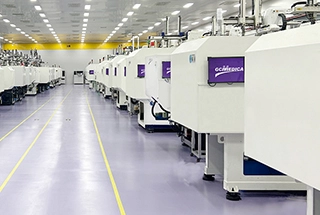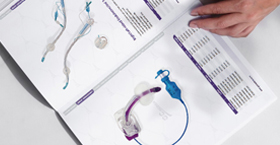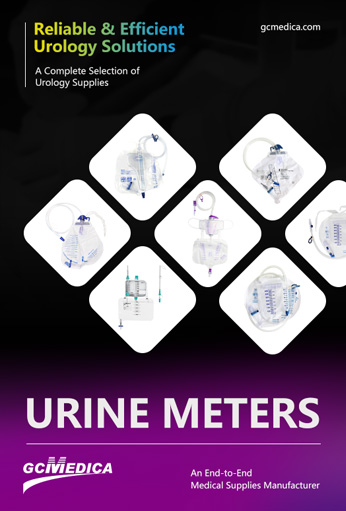A urine meter drainage bag is a specialized urinary collection device that combines the functions of a standard urine bag with an integrated graduated measuring chamber (urometer). It is designed to accurately monitor and record a patient’s urine output in real time, making it an essential tool in critical‑care settings, perioperative management, and any clinical scenario where precise fluid balance is crucial.
In contrast to a simple urine collection bag, the meter drainage bag features a rigid, transparent measuring chamber—typically with a capacity of 250–500 mL—mounted above or alongside a larger secondary reservoir. As urine passes through the catheter into the meter, nursing staff can read volume markings directly from the chamber without disconnecting or opening the system, thereby reducing contamination risk and saving time on manual measurements.
| Feature | Description |
|---|---|
| Measuring Chamber Capacity | 250–500 mL graduated, clear plastic chamber for accurate readings |
| Secondary Reservoir | 1–2 L flexible PVC or silicone bag to collect overflow |
| Connection Interface | Standard Luer-lock or slide connector, often with integrated clamp or valve control |
| Measurement Accuracy | High—direct readings to within 10 mL increments |
| System Type | Closed system—minimizes exposure, lowers infection risk |
| Mounting Options | Bedside hook, pole clamp, or under‑bed bracket |
| Indications | ICU monitoring, post‑operative care, renal function assessment, fluid‑balance studies |
| Maintenance | Empty and reset measuring chamber when near full; replace entire unit per institutional policy |
| Cost Considerations | Moderate—higher unit cost offset by improved outcomes and reduced labor for manual measurement |
Key Uses and Benefits
Real‑time fluid monitoring: By reading the graduated chamber directly, clinicians can obtain hourly or shift‑based urine outputs without interrupting the closed system. This is especially important when titrating intravenous fluids, diuretics, or vasoactive medications.
Infection control: The closed‑system design minimizes catheter disconnections, reducing the chance of introducing pathogens into the urinary tract and lowering catheter-associated urinary tract infection (CAUTI) rates.
Labor efficiency: Automated readers are not required; nurses simply glance at the chamber to document outputs, saving time compared to visual estimates or transferring fluid into a separate measuring jug.
Patient safety: Precise urine output data assist in early detection of acute kidney injury, fluid overload, or hypovolemia, enabling timely interventions.
Versatility: Suitable for adult and pediatric patients, with adapters and clamps to secure the meter at an appropriate height relative to the bladder to prevent backflow or kinking.
Clinical Scenarios for Deployment
Intensive Care Units (ICUs): Continuous monitoring of critically ill patients with multiorgan support or acute renal dysfunction.
Post‑operative Wards: Assessment of renal perfusion and fluid status following major surgery (e.g., cardiac, abdominal, or transplant procedures).
Emergency Departments: Rapid evaluation of fluid balance in trauma or sepsis resuscitation.
Neonatal and Pediatric Care: Small‑volume urometers with finer graduations facilitate accurate measurements in infants and young children.
Best Practices
Mount the measuring chamber below bladder level but above the secondary bag to maintain continuous drainage and prevent reflux.
Empty and document the primary chamber at the end of each monitoring interval, then allow the secondary reservoir to refill it.
Adhere to institutional infection‑control protocols when disposing of used units; most facilities recommend single‑use only.
In summary, a urine meter drainage bag is a critical device for achieving accurate, efficient, and safe urine output monitoring. Its design enhances patient care by delivering precise measurements, minimizing infection risks, and optimizing staff workflow across a variety of acute and long‑term care settings.
| Urine Meter > |

 Français
Français Español
Español Products
Products
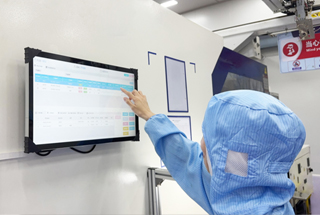
 About Us
About Us




